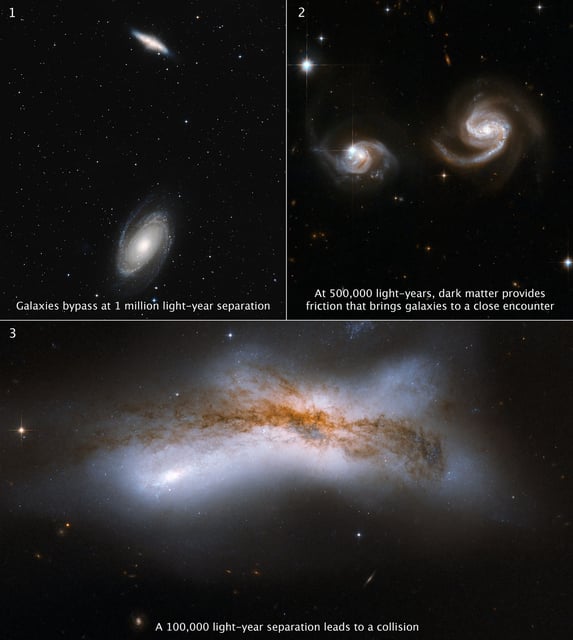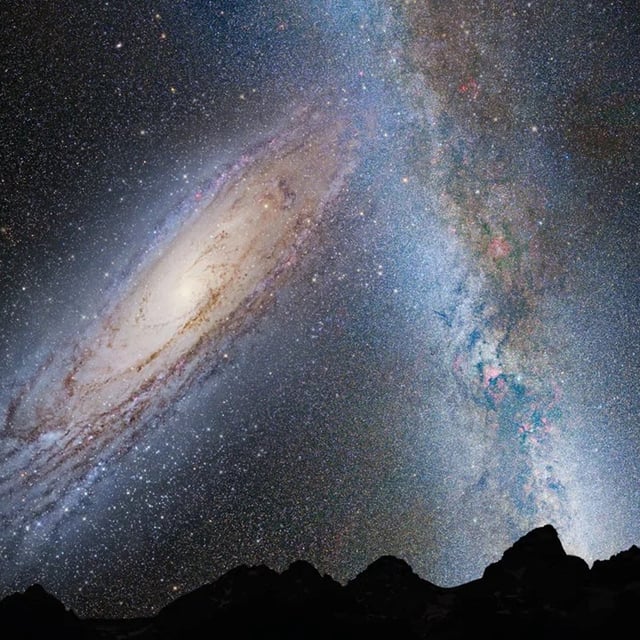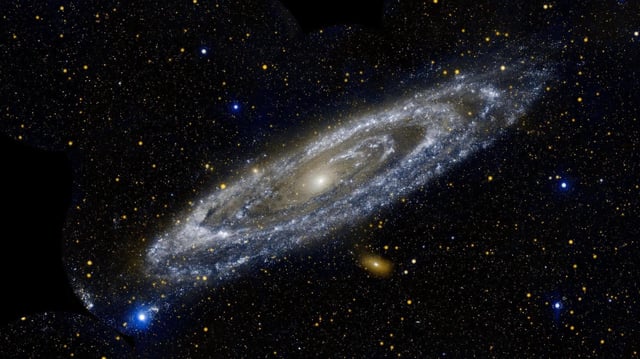Overview
- Researchers ran 100,000 Monte Carlo simulations using updated Gaia and Hubble data to chart the Local Group’s evolution across ten billion years.
- Models include the effects of the Large Magellanic Cloud and Andromeda’s satellite M33 to capture a broader range of gravitational interactions.
- Only 2% of scenarios predict a head-on collision within five billion years, with most runs showing a distant flyby exceeding half a million light-years.
- In over half the simulations dark-matter friction during close encounters slows both galaxies enough to merge in eight to ten billion years.
- Upcoming Gaia mission releases promise more precise measurements of galaxy motions and masses to narrow remaining uncertainties.


